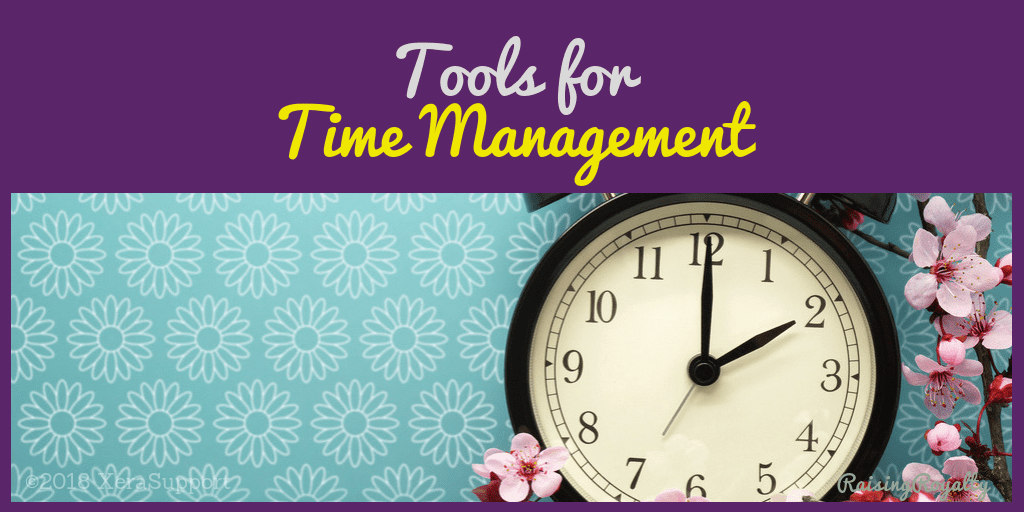It’s About Creating Time Spaces
Routines create space for everything in your life. You need to know how to create routines that work for you and your family. So how do you make a routine? What is a routine anyway?
A routine is a series of events tied together by the order they happen in, not by how long they take or any particular time they may happen at. The key is that C follows B which follows A, not that A takes 5 minutes, B takes 10 and C takes 15.
Routines allow for flexibility and the occasional interruption — because just because you need to randomly tie a child’s shoe between brushing your hair and drinking your coffee, doesn’t mean that your whole day needs to be thrown off by the interruption.
3 tips for Making the Best Daily Routine
Use your calendar so it works best for you
Make your calendar something portable, so you can record everything as you are notified about it. Whether you use a digital calendar, an all-in-one planner and agenda, or a simple monthly calendar pocket book, calendars are essential to creating routines that work.
Whichever one you use, use only one calendar. Record all your commitments on that one calendar, so that you have a clear idea of what you need to do, and don’t overextend or double book yourself. Include only the must-do items. Things like taking out the garbage, washing the dishes, or checking your email don’t belong on your calendar.
Ensure you review your calendar at the beginning of the week, and every morning. A calendar is no use to you if you don’t look at it.


Create a running “Next Actions” list.
A “next actions” list is a term from the book, Getting Things Done by Robert Allen. It isn’t a “to-do” list, but simply a list of what needs to be done the next time you are ready to do something.
A To Do List shows the projects you have or want to get done.
A Next Actions List breaks those projects down into steps, and lists the next step to move each project forward.
Sort the items on your Next Actions List by context — by where you need to be in order to do those tasks. For example, calling your mom can be on the “Phone Calls” list, and picking up milk on the “Errands” list.
You can even have a list for topics you need to talk about the next time you have a conversation with your partner or child or friend, so you don’t forget. Common groupings include: household (subdivided by room?), computer, work (subdivided into specific projects?), or car.
Structure Daily Routines
Use checklists to create routines for the everyday events. You probably already have some of these naturally, such as the order you do things in the shower, or the bedtime routine you have for your kids. You can create routines for everything from preparing and eating meals to going out and coming in the house.
How can you make a routine?
If you’ve never created routines, or you need to change an existing one, remember to start small. Build it piece by piece. Connect each task to an anchor — something that holds the routine together, either by starting or ending it.
For example, if you want to create a better bedtime routine, start by connecting what you want to happen right before you go to bed. Is it setting your alarm or drinking water, or putting your slippers away? Then once you’ve got that, connect the next thing. Continue day by day, building up until your routine is complete.
It will take about 6 months before your routine is habitual, so keep that checklist handy for a while.
Do not try to create more than one routine at once!
It takes time to build habits, and making too many changes will overwhelm you, and you’ll soon give up. You need to be consistent in order to set up routines that work for you and last. Set up rules for yourself and make sure to reward yourself for successful completion of the routine — build that in to your routine as well!
Carve Stability from Chaos
Daily routines will take the chaotic noise of your day, and organize it into little chunks of predictability. The consistency of routines will little-by-little carve the security and stability we all crave.
In order to keep your routines neat and tidy, here’s a routine I recommend: the 5 minute brain dump. Take 5 minutes (right before bed?) to write down all the to-dos, project plans, worries, future and someday wishes and anything else that’s on your mind in one massive list. Don’t worry about organizing it or censoring it. You can do that later.
But getting it all out on paper will make your mind more peaceful, and your day more productive, because now you have the brain space to actually do something about all those things you wrote down.
Routines give a rhythm to your day.
With a little bit of thought, a lot of practice and some patience, routines will help you get everything done that you want to get done, without forgetting anything.
Like these ideas? Pin it for later!



